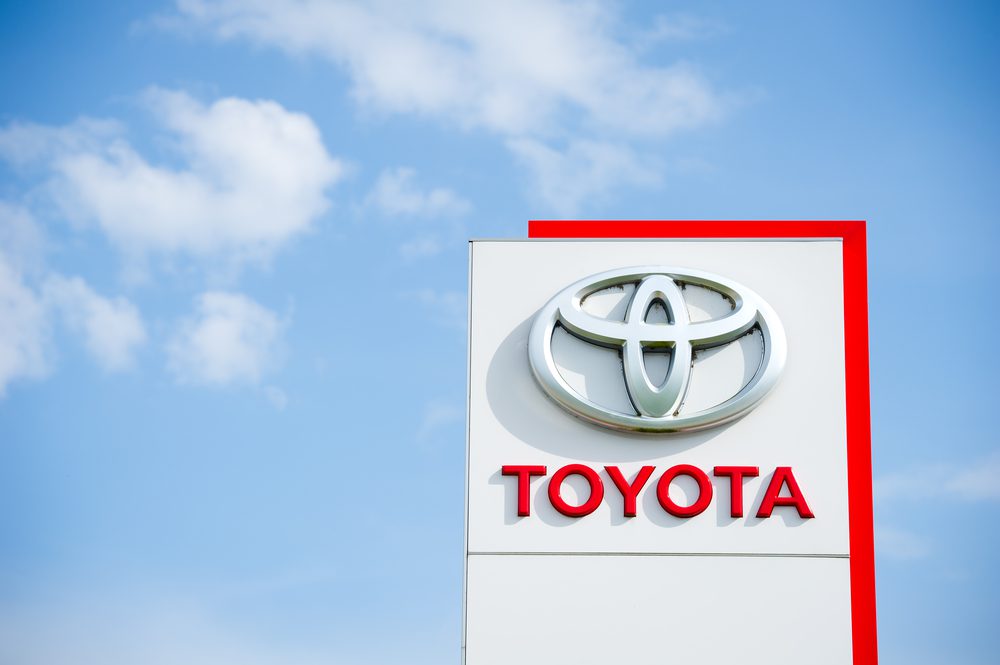Toyota has confirmed this week that the dealer ownership requirement for a Toyota Certified collision repair shop has been decreased. To become a certified facility, a dealer needs to own a 15% stake in the collision center, down from a previous majority 51% ownership position.
George Irving Jr. is Toyota’s national manager for service and collision operations. He reinforced in Repairer Driven News that the carmaker believes that a Toyota dealer needs to have a financially vested interest in a collision center for certification to be possible. But after surveying dealers, Toyota realized the need to realign their standards with their dealerships’ position, settling finally on 15%.
Goal of Increased Dealer Involvement
According to Irving, one central factor in lowering the buy-in from a dealer has to do with customer engagement. In an IHS Markit study from August 2019, Toyota discovered that the collision repair order is the strongest driver for brand loyalty. Thus, having more certified collision centers in the U.S. would help keep Toyota owners looking at Toyota for their subsequent vehicles.
Collision centers have long been a missed opportunity for Toyota, and that’s likely the case for other manufacturers as well. Toyota certified body shops repair around 19,000 vehicles per month in the U.S., less than 10% of the 222,000 Toyota vehicles that need the services of a collision center.
Lowering the requirements of financial involvement aid dealers who were previously unable to invest in the infrastructure necessary for a body shop, and certainly makes it more attractive to dealers who preferred not to get into another avenue that’s often mistakenly seen as less profitable, most of all, it helps service the customers who aren’t taking their cars to a Toyota certified dealership for repairs, keeping them engaged with a dealer.
Toyota’s manager of collision operations thinks the change is a strong move. “It certainly opens up the opportunity… It’s much easier to get into the business.” Rather than trying to develop a body shop from scratch on limited real estate, especially at an uncertain time during the pandemic response, dealers can try to develop a partnership with a collision center they’re already sending referrals to.
Autobody Getting Technological
The ability to repair a customer’s damaged vehicle at the dealer level right now requires the customer seeking the shop out for repairs, which requires costly marketing, especially for new shops. However, connected cars are going to change how the insurance and collision repair industries work, especially at the dealership level.
The OEM and, subsequently, the dealer will be among the first to receive notice of a collision. That lets the dealership participate actively in bringing the customer’s damaged car into the repair process at their certified collision center.
Irving says, “First notice of loss will come from the car. The car will help direct the actual collision process.”
For dealers without a connection to a Toyota certified collision center, that can leave a massive gap, allowing other dealers to engage with their client and nothing to do about it.
Connected cars also tie in directly with insurance offerings from manufacturers. Toyota now has their own insurance in around 40 states. When a collision happens and the insurer is notified of the accident electronically, they can start the referral process. Naturally, their own certified shops will top the list.
Did you enjoy this article from Jason Unrau? Read other articles from him here.
Be sure to follow us on Facebook and Twitter to stay up to date or catch-up on all of our podcasts on demand.

While you’re here, don’t forget to subscribe to our email newsletter for all the latest auto industry news from CBT News.








